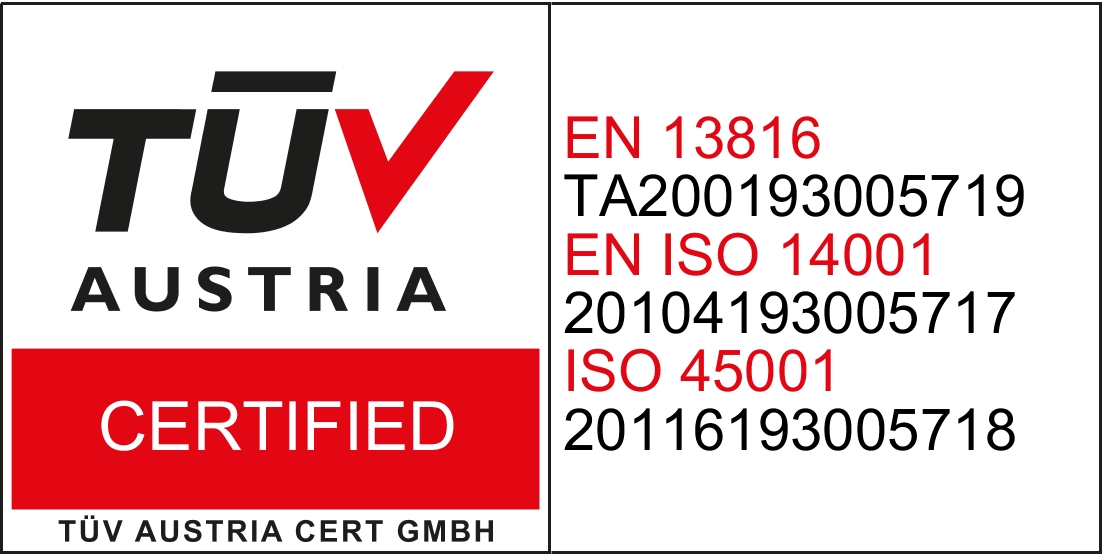![]() Linea Arancio connects the Marco Polo airport to Santa Maria del Giglio through Rialto.
Linea Arancio connects the Marco Polo airport to Santa Maria del Giglio through Rialto.
| Stop | Places to visit |
|---|---|
|
|
|
|
A minor Venice looks North towards the lagoon, hiding masterpieces such as the Madonna dell’Orto Church, built in one of the few campi that still maintain the ancient spine brick pavement, hosts some of Tintoretto’s most important works. More monuments are located in the northern city, once rich with decorative and vegetable gardens, such as the Sant’Alvise Church, with Giambattista Tiepolo’s Passion. Walking along a picturesque itinerary on the ancient Fondamenta dell’Abbazia, one comes to the Misericordia. In the last years, the area has been populated by little bars where to spend a lovely night of music and ethnic flavors. |
|
|
The Ghetto, built in the 16th century, was the first of its kind in history. Houses were higher and the area was locked at night, people could neither come in or go out. The Venice Jewish Museum is spread over a unique architectural complex. The Synagogues in the Ghetto Nuovo are located on top of pre-existing buildings and one can hardly distinguish them from the outside, but inside, they are little jewels. On the Strada Nova, you will come to the San Marcuola Church, with its unfinished façade and Tintoretto’ Last Supper. Ca’ Vendramin Calergi, home of the Casino Municipale and the Richard Wagner Museum. |
|
|
Campo San Stae and its majestic church, whose façade dates back to 1710, look on the Grand Canal. The church boasts important canvases by Sebastiano Ricci and Giambattista Tiepolo. Two great museums are close by: Palazzo Mocenigo presents a very original series of clothes and accessories documenting the evolving of taste through the epochs; Ca’ Pesaro is a modern art gallery where you can see Klimt’s famous Judith. The Fontego dei Turchi, now Museum of Natural History, is right on the Grand Canal and represents a fascinating journey through time for children and grown-ups. Some steps further and you’ll see the marvelous Basilica di Santa Maria Gloriosa dei Frari, filled with precious masterpieces such as the Tiziano’s Assumption. |
|
|
The famous Rialto Bridge unites the two banks of the Grand Canal. On one side the Fish Market, ancient and yet everyday more modern, together with fruit and vegetable stalls, share the bank with small shops selling souvenirs and food, and small bars where to stop by and try some rigorously Venetian delicacy on the run. Literally enclosed among buildings, the San Giovanni Elemosinario Church contains works by two great artists: Tiziano and Pordenone. Campo San Polo is a wide, open space rimmed by beautiful palaces; the homonymous church hosts Tiepolo’s Via Crucis. Visit the San Salvador Church, on the other side of the Rialto Bridge, with Tiziano’s Transfiguration of Christ and the magnificent silver Paliotto. |
|
|
Campo Santo Stefano is a wide, lively space in the heart of the city. The interior of the homonymous church is vast and luminous, with an impressive, wooden ceiling shaped. Some precious Tintoretto paintings are kept there. One can easily walk through Campo S. Angelo and Campo Manin, with a monument to the last Duke of Venice in the middle. Hidden from the crowds, but there to surprise those who find it, the Scala del Bovolo, at Palazzo Contarini. The atelier of Mariano Fortuny, a multifarious artist, is located in San Beneto. Facing the Grand Canal at San Samuele stand majestic Palazzo Grassi, where exhibitions of contemporary art from François Pinault collection take place, and a brand new theatre by Tadao Ando. |
|
|
Magnificent palazzo Ca’ Rezzonico is home to the Museum of Venetian Settecento, and all of its surroundings offer quite an interesting mixture of art and daily matters. Broad Campo Santa Margherita teems with life by traditional fish market stands and clubs open until late. Chiesa dei Carmini and its Scuola Grande, Ca’ Foscari, monumental centre of Venice University, Basilica dei Frari, one of the most important religious building in town and home to an astounding amount of art, Chiesa and Scuola di San Rocco hosting paintings by Tintoretto. In a few hundred metres lies a concentration of wonders unparalleled in life and charm. |
|
|
The only painting by Rubens in Venice is at Santa Maria del Giglio church. A short walk away Gran Teatro La Fenice, rebuilt after a terrible fire tore it down on January 29th, 1996. In Campo San Fantin is the historical seat of Ateneo Veneto, a venue of capital importance for the history of Risorgimento in Venice. An alley takes you to broad Via XXII Marzo, populated by the fanciest boutiques and ending by San Moisè church, in front of its mighty baroque facade. Behind the church, by the Grand Canal, stands Ca' Giustinian. Main seat of the Biennale, it reveals its late Gothic Venetian style, the magnificent Column hall, and a terrace on the top floor with a spectacular view. |
|
|
Saint Mark’s Square and its monuments are among the world icons; the Basilica, with its vaults and Byzantine mosaics, is a timeless masterpiece bathed in gold. The Palazzo Ducale is the heart of the Serenissima, the arcades are lined with shops and cafes – like the Florian, the most ancient and renowned, almost three centuries old. At the Procuratie Nuove, the Correr Museum encloses the square with a magnificent collection of Venetian art and history. On top of the Clock Tower, the two “Moors,” suspended between the past and the present, strike the hours, first the older and, five minutes later, the younger. |

